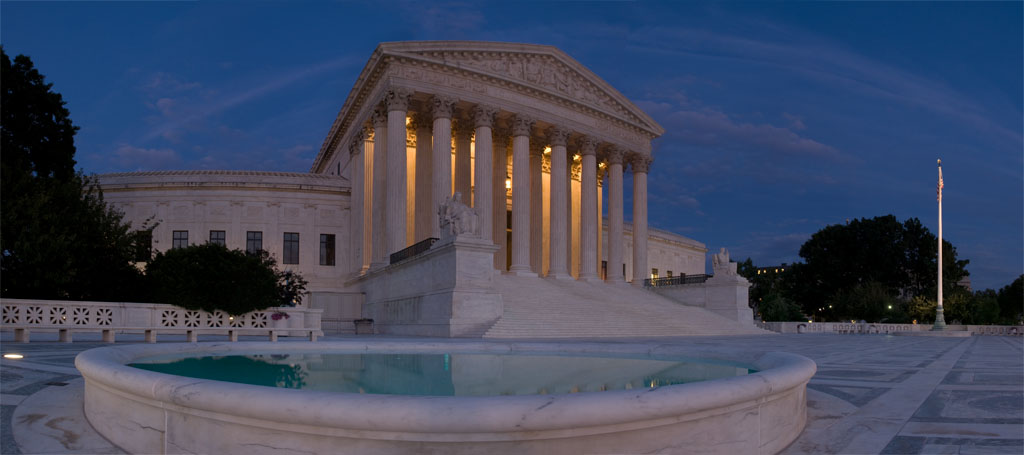The US Supreme Court Monday ruled that the US government must prove beyond a reasonable doubt that a doctor knowingly prescribed opioids “in an unauthorized manner” in order to secure a conviction for the illegal distribution of controlled substances.
In the case of Ruan v. United States, Doctors Xiulu Ruan and Shakeel Kahnalong were convicted of illegally distributing pain medication. Ruan and the other doctors where charged with unlawful distribution of controlled substances, racketeering conspiracy, health care fraud conspiracy, and wire fraud conspiracy, among other charges. Ruan was separately charged with money laundering.
The trial court ruled in favor of the government stating that they proved that Ruan and the other doctors in the practice overprescribed pain medication for their own financial benefits. The US Court of Appeal for the Eleventh Circuit affirmed the trial court’s ruling.
Justice Breyer , in the 9-0 decision, wrote that the government must prove beyond a reasonable doubt that a defendant “knowingly or intentionally” acted in a way that was not authorized. Breyer continued by stating:
Defendants who produce evidence that they are “authorized” to dispense controlled substances are often doctors dispensing drugs via prescription. We normally would not view such dispensations as inherently illegitimate; we expect, and indeed usually want, doctors to prescribe the medications that their patients need.
Justice Alito concurred with the court’s opinion joined by Justice Thomas partially joined by Justice Barrett. Alito stated that the court did not grant certiorari to answer the question of “the burden of proof applicable to authorizations to dispense or distribute controlled substances.” Alito also said that neither party raised this issue in their brief, but the court still volunteered an answer this issue. He concluded by providing that he would overturn the lower court’s decision and remand to determine “whether the instructions provided in petitioners’ respective trials adequately described the good-faith defense and whether any errors in the instructions were harmless.”


